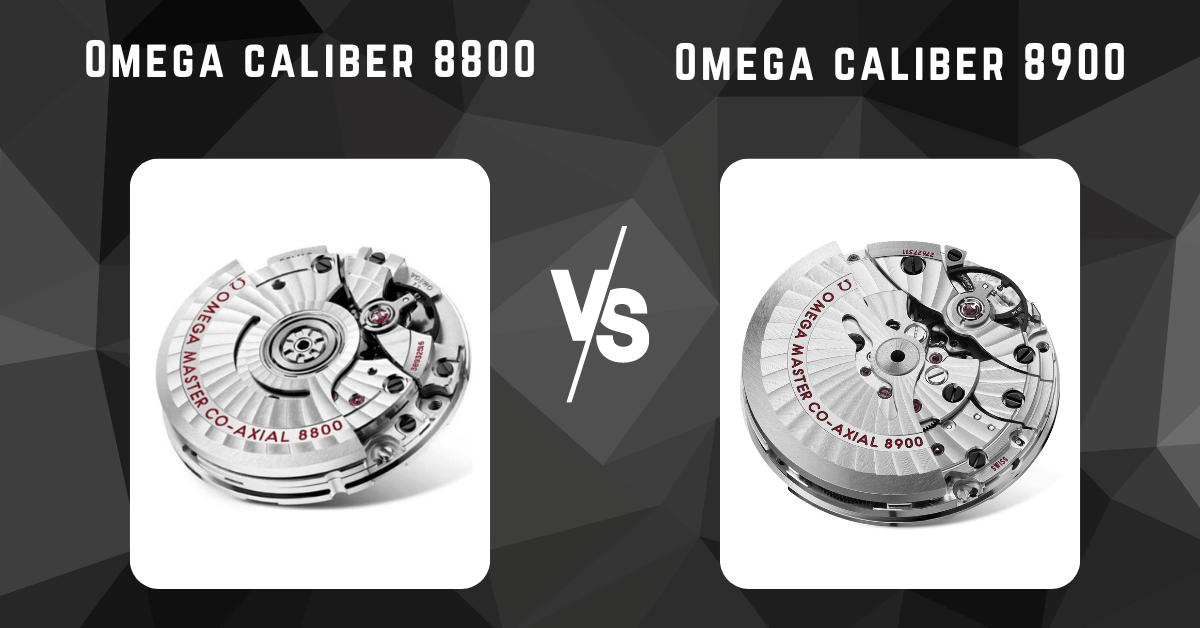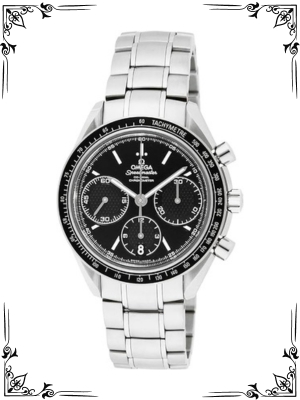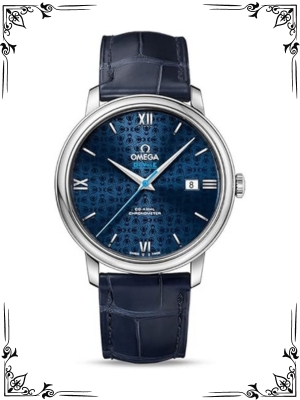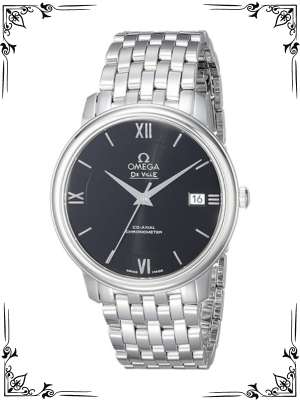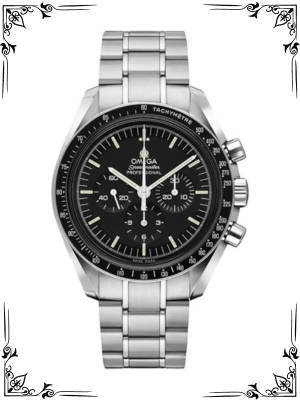Omega, a brand synonymous with innovation and precision timing, equips its watches with some of the most impressive movements in the industry. Two prominent contenders in their lineup are the Caliber 8800 and Caliber 8900.
While both are exceptional automatic movements, they cater to slightly different preferences. This in-depth guide delves into the intricacies of the Omega Caliber 8800 and 8900, empowering you to make an informed decision when choosing your next Omega masterpiece.
Unveiling the Foundation: A Shared Legacy
Both the Caliber 8800 and 8900 build upon the robust foundation of the Omega Caliber 8500, a groundbreaking in-house designed movement. Here’s a look at the shared features they inherit:
Co-Axial Escapement: This revolutionary technology minimizes friction, enhancing the accuracy and longevity of the movement.
Free Sprung Balance: This innovative design contributes to superior chronometric performance and resistance to shocks.
Si14 Silicon Balance Spring: This cutting-edge material is non-magnetic and highly resistant to temperature variations, ensuring consistent timekeeping.
Anti-magnetic Up to 15,000 gauss: Both movements offer exceptional resistance to magnetic fields, ensuring reliable timekeeping in everyday environments.
Power Reserve: Both calibers boast a respectable 55-hour (Caliber 8800) or 60-hour (Caliber 8900) power reserve, ensuring the watch continues running even after being off your wrist for a couple of days.
Diverging Paths: Exploring the Key Differences
While sharing a strong foundation, the Caliber 8800 and 8900 present some distinct characteristics:
Movement Architecture: The Caliber 8800 is a traditional three-hand automatic movement with a single barrel for storing power. The Caliber 8900, on the other hand, features a unique co-axial architecture with two barrels arranged in series.
Date Setting: The Caliber 8800 employs a dedicated crown position for setting the date. The Caliber 8900 features a jumping hour hand, allowing for independent adjustment of the hour hand without affecting the minute hand, which can be particularly useful when traveling across time zones.
Movement Height: The Caliber 8800’s single barrel design makes it slightly slimmer (4.60 mm) compared to the Caliber 8900 (5.50 mm) with its double barrels. This can influence the case thickness of watches equipped with these movements.
Caliber 8800:
- Ideal for those who prioritize a traditional design and a slightly slimmer case profile.
- Offers a convenient quick-set date function.
Caliber 8900:
- Favored by those who value the convenience of an independent jumping hour hand for time zone adjustments.
- Provides a slightly longer power reserve (60 hours vs. 55 hours).
Beyond the Caliber: Additional Considerations for Omega Watches
While the movement plays a crucial role, other factors contribute to an Omega watch’s overall appeal:
Model: The specific Omega model you choose will significantly influence the watch’s design, functionality (e.g., dive watch, chronograph), and price point.
Material: Omega offers its watches in various materials like stainless steel, precious metals, or combinations. The material choice impacts the watch’s weight, durability, and overall aesthetic.
Dial Color and Style: The dial color and design significantly influence the watch’s aesthetics and complement the movement’s functionality.
By carefully considering all these elements, you can create a personalized Omega masterpiece that perfectly aligns with your taste and needs.
The Final Verdict: Your Omega Awaits
The battle between the Omega Caliber 8800 and 8900 is a testament to Omega’s commitment to offering a spectrum of choices within their impressive lineup. The Caliber 8800 embodies a classic design with a focus on functionality, while the Caliber 8900 introduces a unique jumping hour hand for enhanced travel practicality.
Ultimately, the “best” caliber boils down to your personal preferences and how you plan to wear the watch. Embrace the exploration process:
Research Specific Omega Models: Investigate the specific Omega watch that has captured your interest. Determine if it’s available with either Caliber 8800 or 8900, and understand how the movement complements the overall design and functionality of the watch.
Visit an Authorized Dealer: Schedule an appointment with an authorized Omega dealer. Try on watches equipped with both calibers and experience the feel and functionality firsthand. Discuss your needs and preferences with a knowledgeable salesperson who can guide you toward the perfect Omega companion.
Remember: The ideal Omega transcends mere timekeeping – it becomes a cherished symbol of your style and personality. With the knowledge gleaned from this comprehensive guide, embark on your Omega journey with confidence. The perfect timepiece awaits, a testament to innovation, precision, and a legacy that promises to stand the test of time.
Choosing Your Champion: A Matter of Preference
The ideal caliber choice depends on your individual needs and preferences:
- Prioritize a classic design and a potentially slimmer watch. The Caliber 8800 might be a compelling choice.
- Value the convenience of a jumping hour hand for travel? The Caliber 8900 could be more suitable.
- Considering a specific Omega model? Many Omega watches are available with either Caliber 8800 or 8900, so the choice might be predetermined by the model you prefer.
Remember: Both calibers are exceptional examples of Swiss watchmaking ingenuity.
FAQs
What are the main differences between the Omega Caliber 8800 and 8900?
The Omega Caliber 8800 and 8900 are both advanced automatic movements, but they differ in several ways.
The Caliber 8800 is a time-only movement with a date function, while the Caliber 8900 includes additional features such as a Co-Axial escapement, METAS certification, and a dual-barrel design for enhanced performance. The 8900 also has a longer power reserve and often includes more complex functions.
How do the power reserves compare between the Omega Caliber 8800 and 8900?
The Omega Caliber 8800 has a power reserve of approximately 55 hours, which is sufficient for most daily wear. In contrast, the Caliber 8900 boasts a longer power reserve of approximately 60 hours due to its twin-barrel design, providing more extended performance without needing to wind the watch.
What certification standards do the Omega Caliber 8800 and 8900 meet?
Both movements meet high certification standards, but there are some differences. The Caliber 8800 is a Master Chronometer certified by the Swiss Federal Institute of Metrology (METAS), ensuring high precision, performance, and resistance to magnetic fields up to 15,000 gauss.
The Caliber 8900 is also a Master Chronometer certified by METAS but includes additional features like a time zone function and a more advanced Co-Axial escapement for even greater accuracy and reliability.
In which Omega watch models can you find the Caliber 8800 and 8900?
The Omega Caliber 8800 is commonly found in models such as the Seamaster Diver 300M, Seamaster Aqua Terra, and some Constellation models. The Caliber 8900 is typically found in higher-end models like the Seamaster Aqua Terra 150M, Seamaster Planet Ocean, and the Constellation Globemaster, offering more advanced features and higher performance.
How do the technological advancements differ between the Omega Caliber 8800 and 8900?
The Omega Caliber 8800 features advanced technology like the Co-Axial escapement, silicon balance spring, and anti-magnetic properties.
The Caliber 8900 includes all these features but goes further with a more sophisticated Co-Axial escapement, a dual-barrel system for better power distribution and stability, and an easy-to-use time zone function that allows the hour hand to be adjusted independently of the minutes and seconds, making it ideal for frequent travelers.

